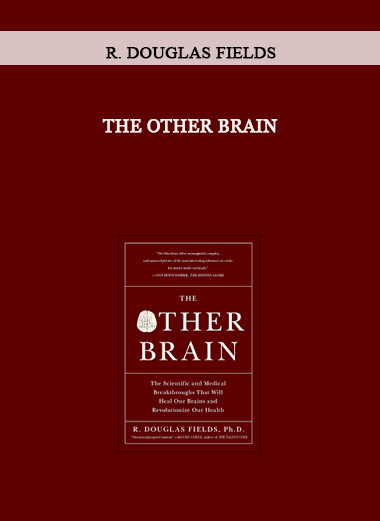Courses Infomation
The Other Brain by R. Douglas Fields
The Other Brain by R. Douglas Fields
c a potentially critical part of this vital organ has been overlooked—until now. The Other Brain examines the growing importance of glia, which make up approximately 85 percent of the cells in the brain, and the role they play in how the brain functions, malfunctions, and heals itself.
Long neglected as little more than cerebral packing material, glia (meaning “glue”) are now known to regulate the flow of information between neurons and to repair the brain and spinal cord after injury and stroke. But scientists are also discovering that diseased and damaged glia play a significant role in psychiatric illnesses such as schizophrenia and depression, and in neurodegenerative diseases such as Parkinson’s and Alzheimer’s. Diseased glia cause brain cancer and multiple sclerosis and are linked to infectious diseases such as HIV and prion disease (mad cow disease, for example) and to chronic pain. The more we learn about these cells that make up the “other” brain, the more important they seem to be.
Written by a neuroscientist who is a leader in glial research, The Other Brain gives readers a much more complete understanding of how the brain works and an intriguing look at potentially revolutionary developments in brain science and medicine.
Salepage : The Other Brain by R. Douglas Fields
About Author
R. Douglas Fields
R. Douglas Fields, Ph.D. is a neuroscientist and an international authority on brain development, neuron-glia interactions, and the cellular mechanisms of memory. He is currently Chief of the Nervous System Development and Plasticity Section at the National Institutes of Health, in Bethesda, Maryland, and author of numerous books and magazine article about the brain. He serves on the editorial boards of several neuroscience journals and he is scientific advisor to Scientific American Mind and other science magazines. He holds degrees from UC Berkeley, San Jose State University, UC San Diego, and he was a postdoctoral fellow at Stanford and Yale Universities before joining the NIH in 1987.
Dr. Fields has published over 150 studies in scientific journals and books from his experimental research on the brain. His scientific research has been featured in newspapers, magazines, radio, and television, including the National Geographic, ABC News Nightline, NPR Morning Edition, and public television. In addition to his scientific research, Dr. Fields writes about neuroscience in several popular magazines including Outside Magazine, The Washington Post Magazine, Scientific American and Scientific American Mind, and he is a regular on-line columnist for The Huffington Post, Psychology Today, Scientific American, the Society for Neuroscience BrainFacts, and others. He has written two science books for the general audience: The Other Brain, about brain cells (glia), which communicate without using electricity, and Why We Snap, about the neuroscience of sudden anger, aggression, and threat detection.
His outside interests include mountain climbing, beer making, and building acoustic guitars.
































Reviews
There are no reviews yet.